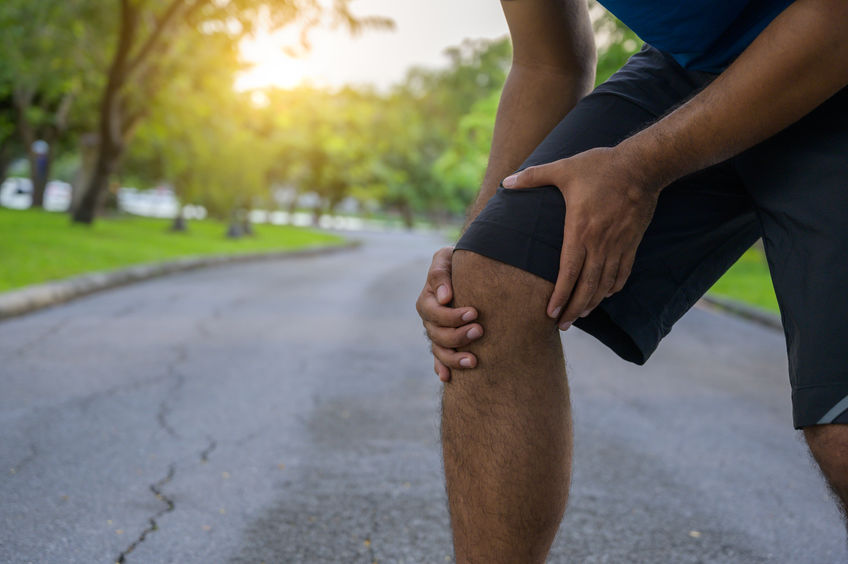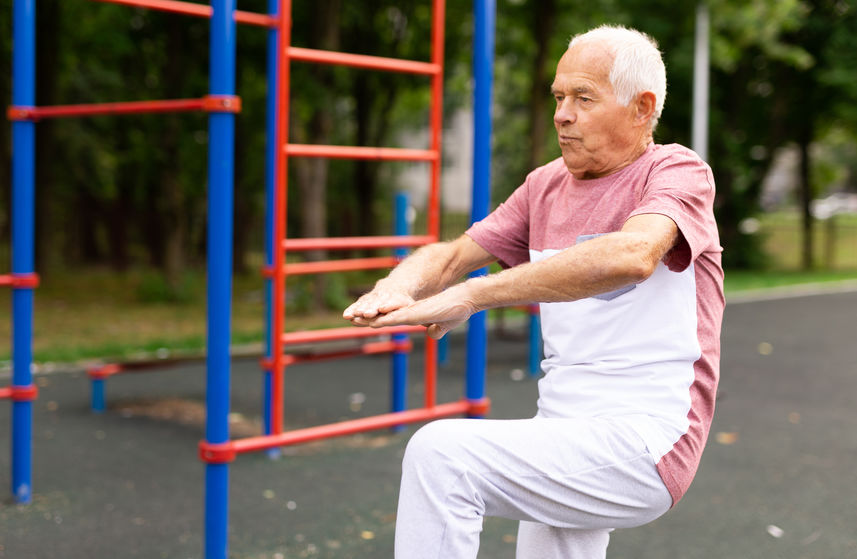Life After Hip Replacement
Total hip replacement removes a damaged or diseased hip due to arthritis or injury. A prosthetic hip made of metal, ceramic, or a combination of materials is installed. Now, with minimally invasive approaches or robotics, these procedures are done faster and have better outcomes. In just a few months, the new hip will produce significantly less pain, more mobility, and a better quality of life. After surgery, most patients want to start or resume activities like sports. Based on the desired sport, there are some best practices to keep the new joint safe while still enjoying the benefits of participation.
Benefits and risks of returning to sport
Doctors typically recommend participating in physical activity once the hip is healed. Sports will increase muscle strength and mass around the hip, providing additional support. The patient also enjoys more flexibility and improved cardiovascular health. However, depending on the sport type, some risks are involved. For instance, repetitive motion can cause stress on the joint, leading to a faster breakdown of the prosthesis. Injuries are also common in sports, and reinjuring the hip is possible. Falls can also cause a dislocation of the prosthesis, requiring additional surgery. Choosing the proper sport post-op is essential.
1. Hop in the pool
Swimming is an excellent activity for people who have undergone a total hip replacement. Water provides buoyancy, which reduces the impact on the joints. As a result, the joints can heal and perform faster in the water. Such benefits are why doctors often recommend aquatic therapy as part of the recovery process. Swimming is also a great full-body exercise capable of improving cardiovascular health. Take care while entering and exiting the pool to avoid falls or injury. Additionally, swim with the guidance of a coach to reduce the risk of overuse injuries.
2. Get back on the green
Many hip replacement patients are golfers who have chronic hip pain. The repetitive swinging of clubs may have caused the initial injury. However, this is no reason to give up on going to the country club. Golf is an excellent low-impact sport accessible to adults of almost all ages. Along with cardiovascular health, golf improves balance and coordination and strengthens the legs. At the same time, golfers must focus on proper swing techniques. Too much twisting or excessive force can place strain on the hips. Start slowly and work back to a stage where driving the ball is possible without discomfort.
3. Dancing the night away
Walking and running are other practical exercises for people with hip pain. However, walking can be boring for many, and running places repetitive stress on the joints. An alternative? Consider dancing, a fun exercise that strengthens the lower body and increases cardiovascular health. Dancing also requires concentration, which helps improve cognitive health. Stick to dances that do not require repeated jumping, twisting, or other complex moves. The goal is to have fun, learn a new skill, and keep the hip healthy.
Other helpful management tips
Doctors often recommend patients continue with the physical therapy (PT) exercises well after treatment. A few days per week for just a few minutes will help keep the hip and surrounding muscles strong. Additionally, avoiding smoking and excessive alcohol ensures the joint stays healthier for longer. Adopt a healthier diet, avoiding foods that cause excess inflammation. Such approaches, along with massages, walking, and doctor check-ups, ensure the hip replacement produces maximum value.
Long-term hip health
After surgery, the goal is to participate in sports safely and manage the joint long-term. On average, a hip replacement should last at least 10 years, with many lasting 15-20 years or more. Choosing the right sport post-op ensures the hip stays functional. Doctors will not recommend some sports if there is high intensity or an increased risk of injury. Make the right choice based on fitness levels, accessibility, and the ability to manage the joint long-term.



